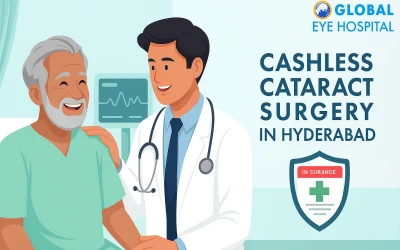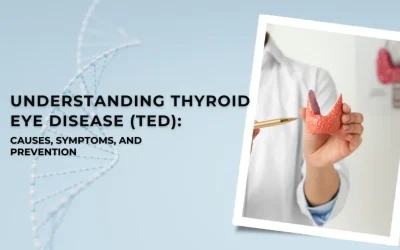Myths and Misconceptions About Squint: Separating Fact from Fiction

Squint, medically known as strabismus, is a common eye condition that affects individuals of all ages. Despite its prevalence, there are several myths and misconceptions surrounding squint and its treatment options. In this blog, we aim to debunk some of these myths and provide clarity on squint treatment, particularly addressing the misconception that surgery is the only solution. Let’s separate fact from fiction when it comes to squint.

Myth 1: Squint Can Only Be Corrected with Surgery
Fact: While squint correction surgery is one of the treatment options available, it is not the only solution. Non-surgical methods, such as vision therapy, corrective lenses, and prism glasses, can also be effective in managing squint, especially in cases where surgery may not be necessary or desired.
Myth 2: Vision Therapy Is Ineffective for Squint Treatment
Fact: Vision therapy, also known as orthoptics, is a non-invasive approach to treating squint by improving eye coordination and strengthening eye muscles. This therapy involves a series of exercises and activities designed to retrain the visual system and align the eyes properly. While it may take time and commitment, vision therapy can yield significant improvements in squint alignment and visual function without the need for surgery.
Myth 3: Squint Correction Is Only Cosmetic
Fact: While the misalignment of the eyes in squint can affect appearance, its impact extends beyond cosmetic concerns. Untreated squint can lead to vision problems, including double vision, reduced depth perception, and amblyopia (lazy eye). Correcting squint not only improves the alignment of the eyes but also restores binocular vision and promotes optimal visual development.
Myth 4: Squint Laser Eye Surgery Is the Same as LASIK
Fact: Squint laser eye surgery, also known as laser-assisted in situ keratomileusis (LASIK) for squint correction, is a common misconception. LASIK is a procedure primarily used to correct refractive errors such as nearsightedness, farsightedness, and astigmatism, whereas squint laser surgery involves reshaping the cornea to improve the alignment of the eyes in cases of certain types of squint. It is essential to consult with an eye care professional to determine the most suitable treatment approach for individual needs.
Conclusion
Dispelling myths and misconceptions about squint is essential for promoting awareness and understanding of this eye condition and its treatment options. While squint correction surgery is a viable option for some patients, it is not the only solution, and non-surgical methods can also be effective in managing squint and improving visual function. At Global Eye Hospital in Hyderabad, we offer comprehensive care for squint, including both surgical and non-surgical treatment options tailored to the unique needs of each patient. Contact us today to schedule a consultation and take the first step toward clearer, more comfortable vision.
By debunking myths and providing accurate information, we can empower individuals with squint to make informed decisions about their eye health and treatment options. Don’t let misconceptions stand in the way of achieving optimal vision and eye alignment. Seek professional guidance and explore all available avenues for squint treatment and correction.
Book your appointment now for all eye-related services.
Your Vision Our Focus


